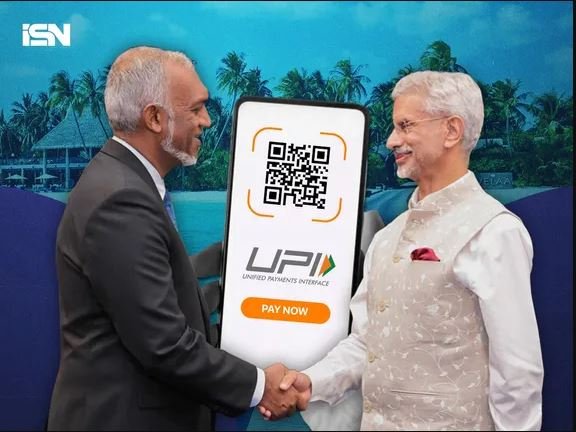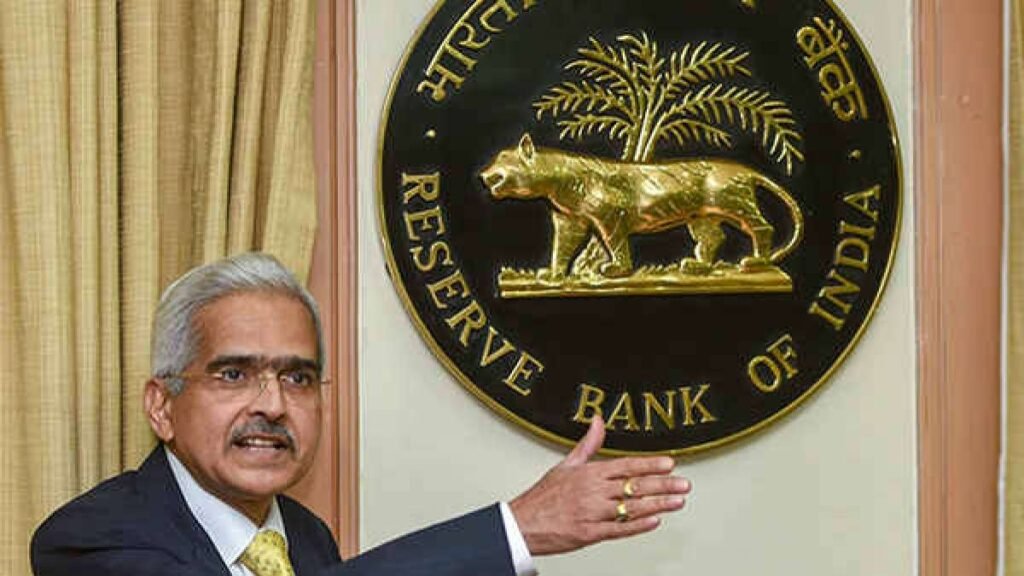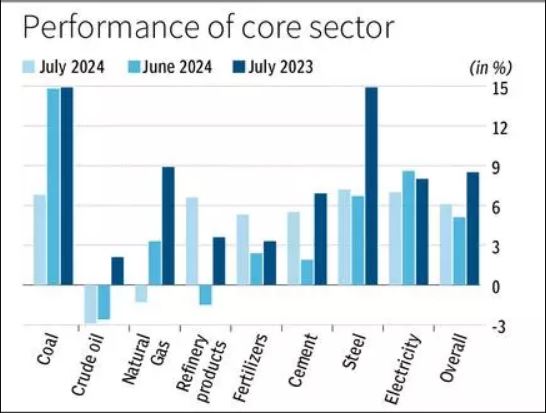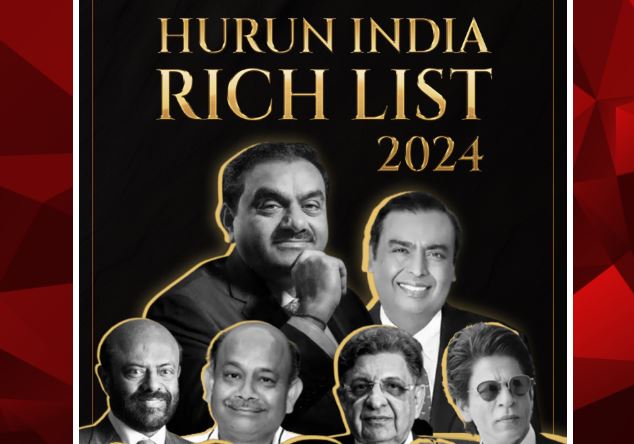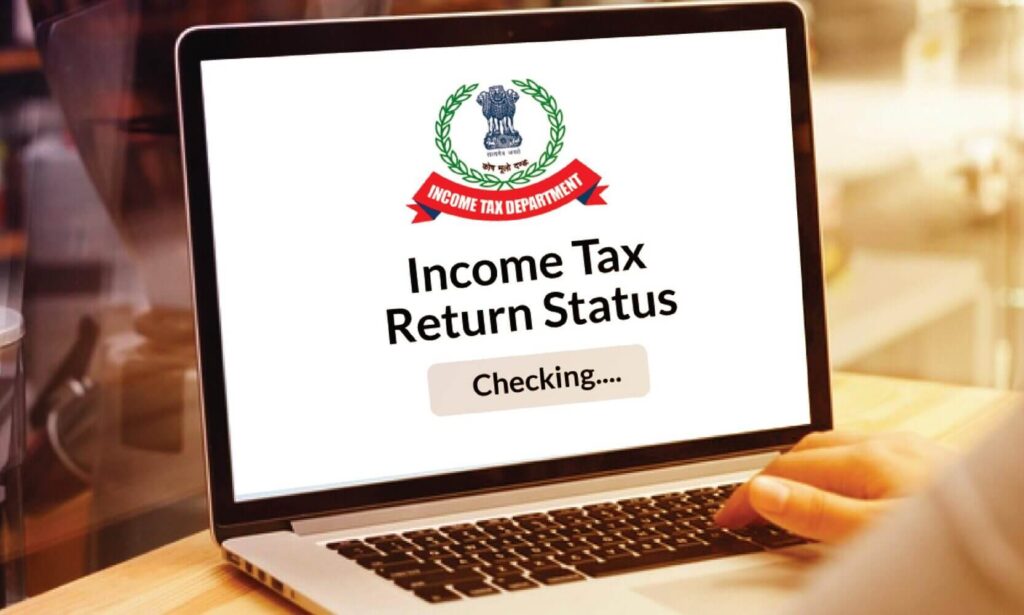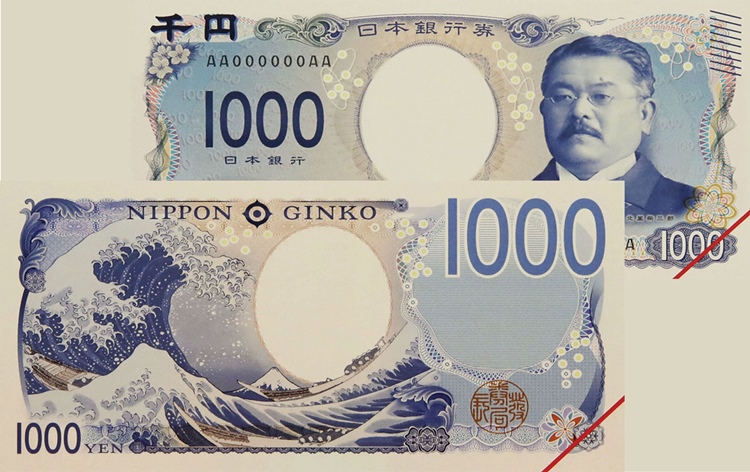Finance Minister Nirmala Sitharaman presented her seventh straight Budget on July 23, 2024 for the fiscal 2024-25, surpassing the record of former Prime Minister Morarji Desai.
The Budget focused on provisioning for the agricultural sector, the introduction of schemes related to employment, loan schemes, announcements for financial support to the MSME sector, infrastructural development, and fiscal deficit projection at 4.9% with a commitment to reducing it down to 4.5%.
The government cut customs duties and make changes in the capital gain taxes. The “Taxation budget” comes in the form of a revision in tax slabs under the new tax policy.
Standard deduction for salaried employees hiked to ₹75,000, from ₹50,000 under the new income tax regime. The limit on employee contribution to pension has been increased to 14% from 10%.
Identified nine priorities for generating ample opportunities — Productivity and Resilience in Agriculture, Employment and Skilling, Inclusive Human Resource Development and Social Justice, Manufacturing and Service, Urban Development, Energy Security, Infrastructure, Innovation, Research and Development and Next Generation Reforms.
Q.: Who set a record by presenting her seventh consecutive Budget on July 23, 2024?
A) Manmohan Singh
B) Arun Jaitley
C) Nirmala Sitharaman
D) Morarji Desai
C) Nirmala Sitharaman
Finance Minister Nirmala Sitharaman presented her seventh straight Budget on July 23, 2024 for the fiscal 2024-25, surpassing the record of former Prime Minister Morarji Desai.
Q.: What is the new standard deduction for salaried employees under the new income tax regime for the fiscal 2024-25?
A) ₹50,000
B) ₹60,000
C) ₹75,000
D) ₹90,000
Ans : C) ₹75,000
Standard deduction for salaried employees hiked to ₹75,000, from ₹50,000 under the new income tax regime.
